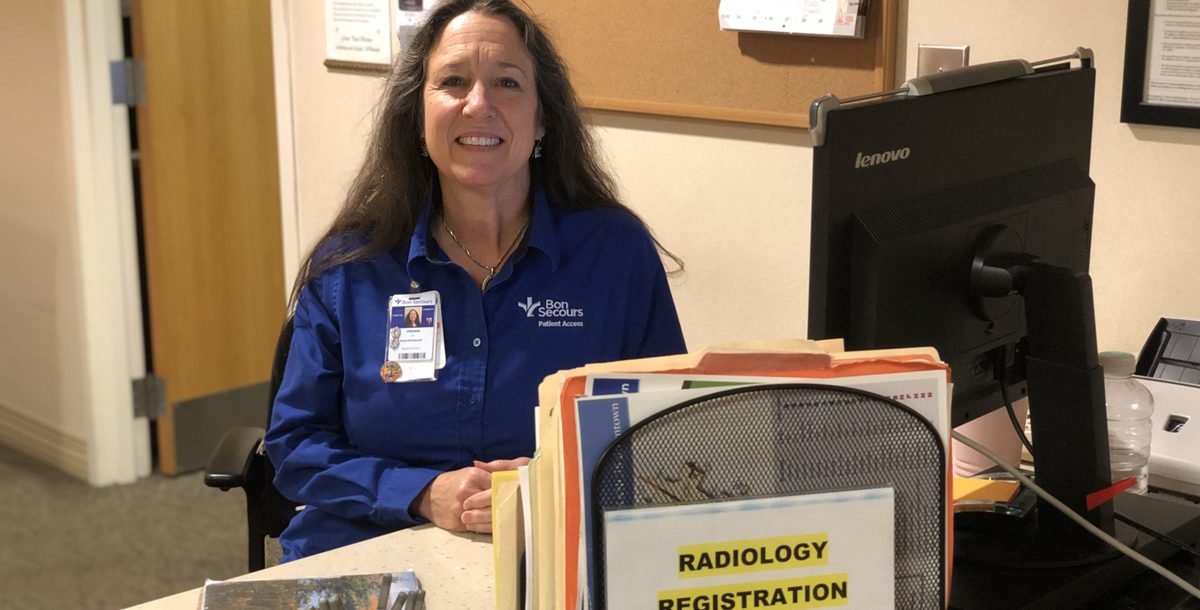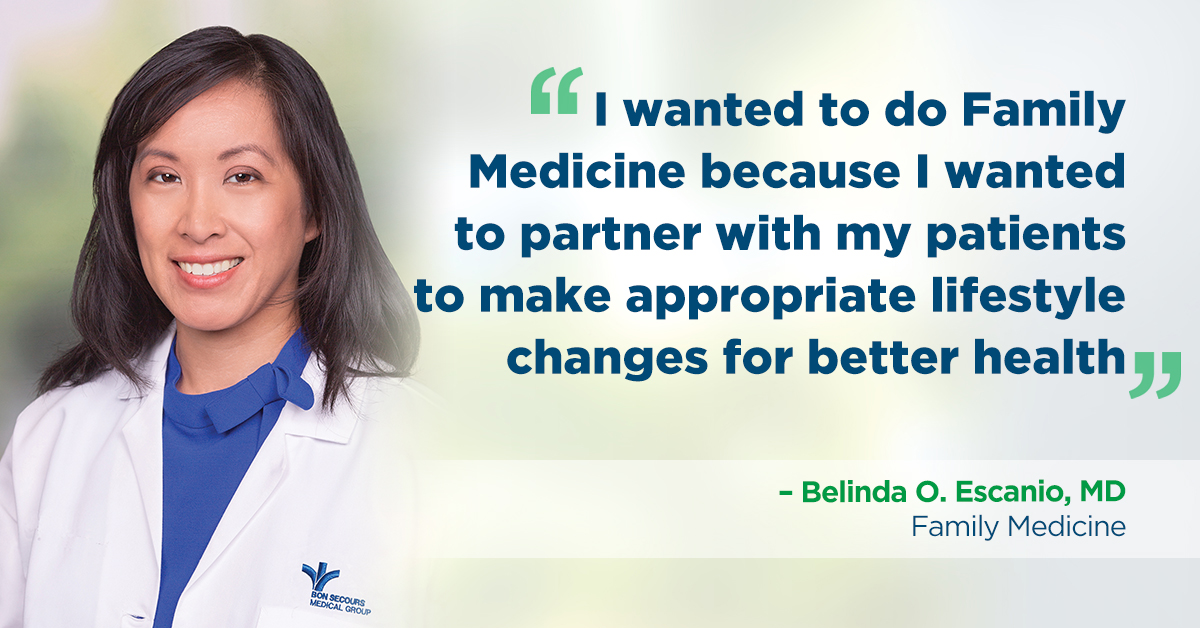Virginia Hodges has been working as a receptionist at the outpatient radiology desk of St. Francis Downtown for over a decade. While she doesn’t have clinical training, she’s proven you don’t have to in order to save lives. Simply knowing stroke symptoms and warning signs, Virginia has helped three people who had no idea they were experiencing a medical emergency.
One of them was Audrey Vickery. Audrey admits something was off from the very start the day she came in for an appointment.
“I was supposed to pick up my daughter, but I couldn’t,” Audrey reveals. “I called to tell her I wasn’t feeling well, so she came to get me.”
Virginia knew something was wrong the minute Audrey and her daughter, Maria, came into the hospital.
“I recognized her when they came in, but she wasn’t as sharply dressed as she usually was and her facial expression was off,” Virginia remembers. “She wasn’t talking and didn’t smile back at me like she normally would.”
Audrey was scheduled to get an ultrasound, but after speaking with Maria, Virginia knew that would have to wait. She quickly alerted a medical staff member and told them Audrey might be having a stroke. Shortly after, Audrey was rushed to the emergency room.
“They could tell I wasn’t acting normal at all. People came running, and we went directly into the operating room where Dr. Sharon Webb was able to remove the clot,” says Audrey, who admits most of what she remembers is what her daughter recounted for her later.
Audrey would be in the hospital for therapy for about 12 days following that close call. Today, she is back at home and feeling much more like herself.
This instance wasn’t the first time Virginia saved a patient’s life. She faced a similar scare with another individual just a week before Audrey’s visit.
“Another patient came in for a chest CT, but he had a large knot on his head from an apparent fall, and he seemed very dazed and confused,” Virginia recalls. “We took him to the ER, where they confirmed he was a stroke victim, and he spent a few days in the hospital.”
Prior to that, Virginia remembers a cancer patient from about five years before who had come in for infusion treatments. The patient’s daughter told Virginia her mother wasn’t having a good day, and Virginia picked up on red flags – facial drooping and speech difficulty. After a trip the emergency room, it was discovered the patient was having a transient ischemic attack (TIA), a stroke that lasts only a few minutes when the blood supply to part of the brain is blocked.
“If it hadn’t been for the communication and team work of the radiology family, I wouldn’t be educated in the signs of stroke,” says Virginia.
She says receptionists may not be clinical experts, but they are the first people patients see when they come in the door and can make all the difference.
“Patients come in from all phases of life, so you can never assume anything,” says Virginia. “You have to take a few minutes to talk to them, their family and caregivers. It’s amazing what you can find out, and it’s also important to be comfortable with your co-workers so you can work together to help the patient.”
According to the National Institute of Health, stroke is a leading cause of death in the nation. As Virginia points out, you don’t have to be a medical expert to recognize when someone is in trouble.
BE FAST is an acronym often used to help people remember the symptoms of stroke:
B – Balance, loss of balance as well as headache and dizziness
E – Eyes, a sudden loss of vision in one or both eyes
F – Face, does the face appear uneven?
A – Arm, a feeling of weakness in them
S – Speech, difficulty speaking and forming sentences
T – Time, it is time to call 9-1-1





